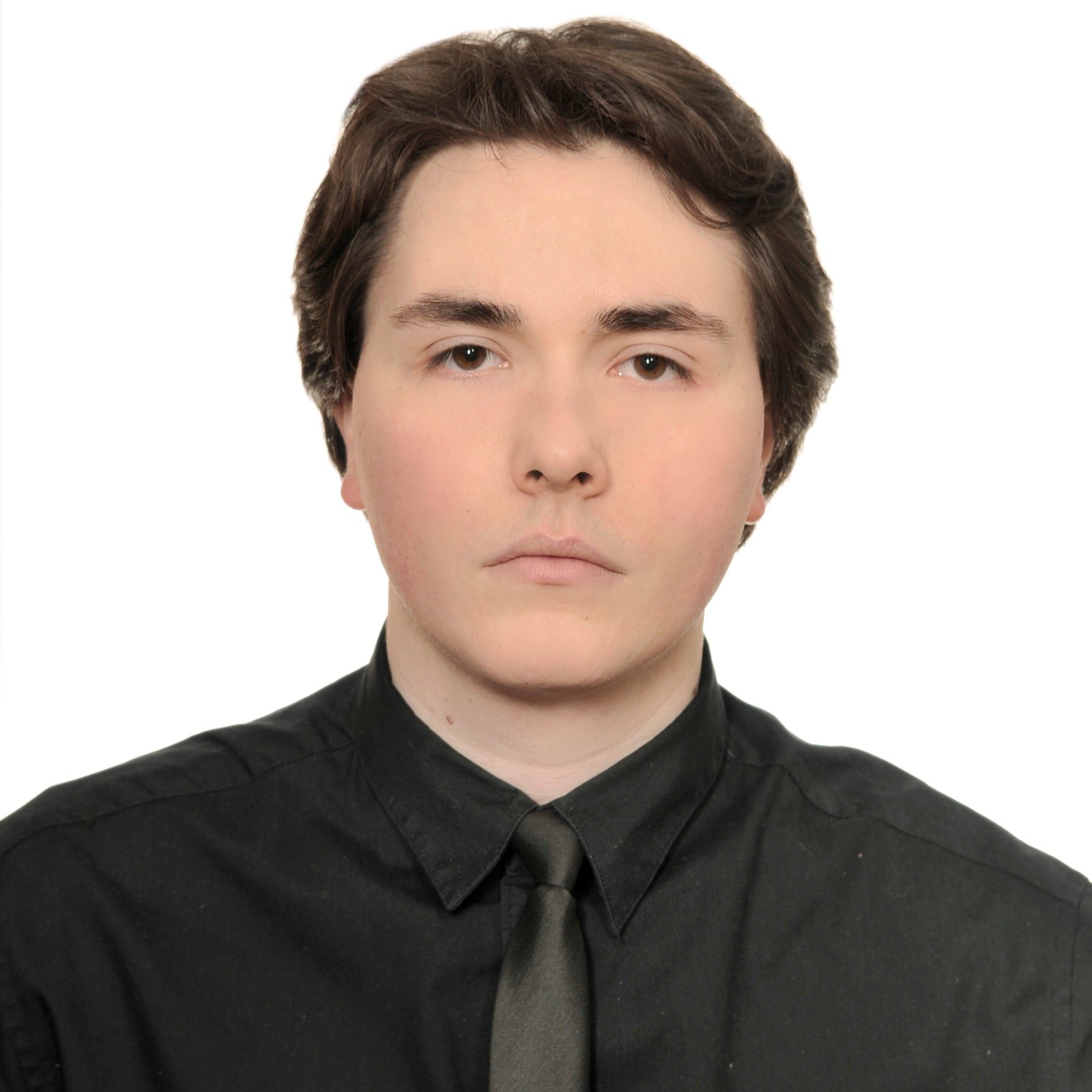Heat and Surface Treatments of Metallic Materials and Their Welded Joints
A special issue of Coatings (ISSN 2079-6412).
Deadline for manuscript submissions: closed (30 November 2022) | Viewed by 2927
Special Issue Editors
Interests: friction stir welding; aluminum alloys; mechanical behavior of materials; microstructure; fatigue
Special Issues, Collections and Topics in MDPI journals
Interests: welding; surface treatment; heat treatment; surface quality assessment
Special Issues, Collections and Topics in MDPI journals
Interests: mathematical modelling; optimization of complex systems; computational intelligence
Special Issues, Collections and Topics in MDPI journals
Special Issue Information
Dear Colleagues,
The properties of an element’s surface strongly affect its behavior during cyclic loading and operating in an aggressive environment or highly abrasive conditions. In many cases, it is the quality of a surface that determines a failure, which can be avoided by its appropriate modification. The industry of the XXI century provides a large arsenal of surface treatments, including machining, chemical treatment, thermal spraying, peening, hardfacing, and many others. Additionally, considering the metallic materials, their welded joints are often the weakest point of construction, and the battle for their quality decides a load-carrier capability of an entire structure. Their fatigue performance can be improved by post-processing, e.g., shot or laser peening, which increases mechanical properties of a surface in a heat-affected zone and generates compressive residual stress, limiting fatigue crack propagation. The aim of this Special Issue is to publish original reviews and research articles from a wide range of research fields involving heat treatment, surface treatment, and post-processing of metallic materials and their welded joints.
It is our great honor to invite you to submit a manuscript for this Special Issue that provides an excellent opportunity for those who are working within these fields, paving the way for the further advancement of technical civilization.
Dr. Robert Kosturek
Prof. Dr. Janette Brezinová
Prof. Dr. Pavlo Maruschak
Guest Editors
Manuscript Submission Information
Manuscripts should be submitted online at www.mdpi.com by registering and logging in to this website. Once you are registered, click here to go to the submission form. Manuscripts can be submitted until the deadline. All submissions that pass pre-check are peer-reviewed. Accepted papers will be published continuously in the journal (as soon as accepted) and will be listed together on the special issue website. Research articles, review articles as well as short communications are invited. For planned papers, a title and short abstract (about 250 words) can be sent to the Editorial Office for assessment.
Submitted manuscripts should not have been published previously, nor be under consideration for publication elsewhere (except conference proceedings papers). All manuscripts are thoroughly refereed through a single-blind peer-review process. A guide for authors and other relevant information for submission of manuscripts is available on the Instructions for Authors page. Coatings is an international peer-reviewed open access monthly journal published by MDPI.
Please visit the Instructions for Authors page before submitting a manuscript. The Article Processing Charge (APC) for publication in this open access journal is 2600 CHF (Swiss Francs). Submitted papers should be well formatted and use good English. Authors may use MDPI's English editing service prior to publication or during author revisions.
Keywords
- heat treatment
- surface treatment
- welding
- post-processing
- metallic materials
Benefits of Publishing in a Special Issue
- Ease of navigation: Grouping papers by topic helps scholars navigate broad scope journals more efficiently.
- Greater discoverability: Special Issues support the reach and impact of scientific research. Articles in Special Issues are more discoverable and cited more frequently.
- Expansion of research network: Special Issues facilitate connections among authors, fostering scientific collaborations.
- External promotion: Articles in Special Issues are often promoted through the journal's social media, increasing their visibility.
- Reprint: MDPI Books provides the opportunity to republish successful Special Issues in book format, both online and in print.
Further information on MDPI's Special Issue policies can be found here.







